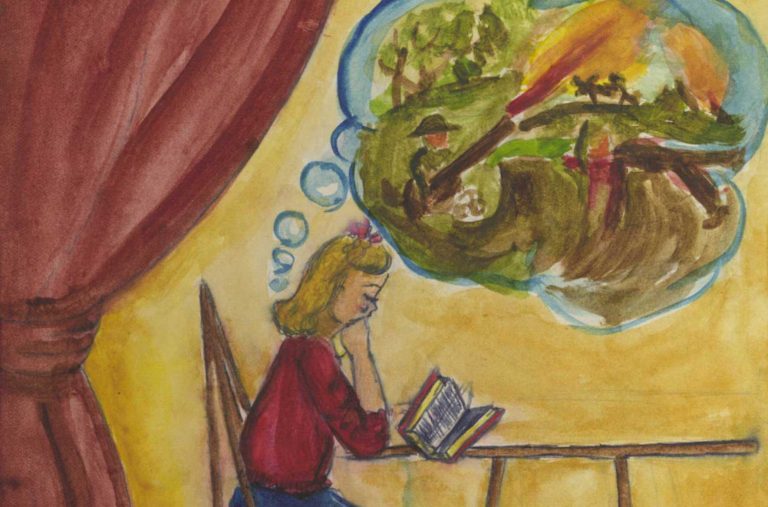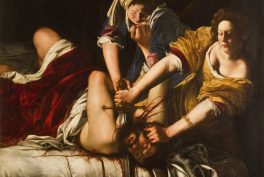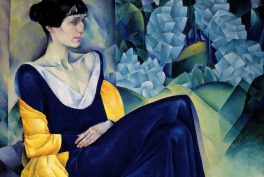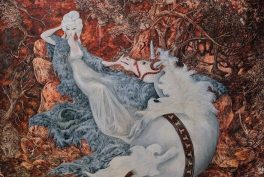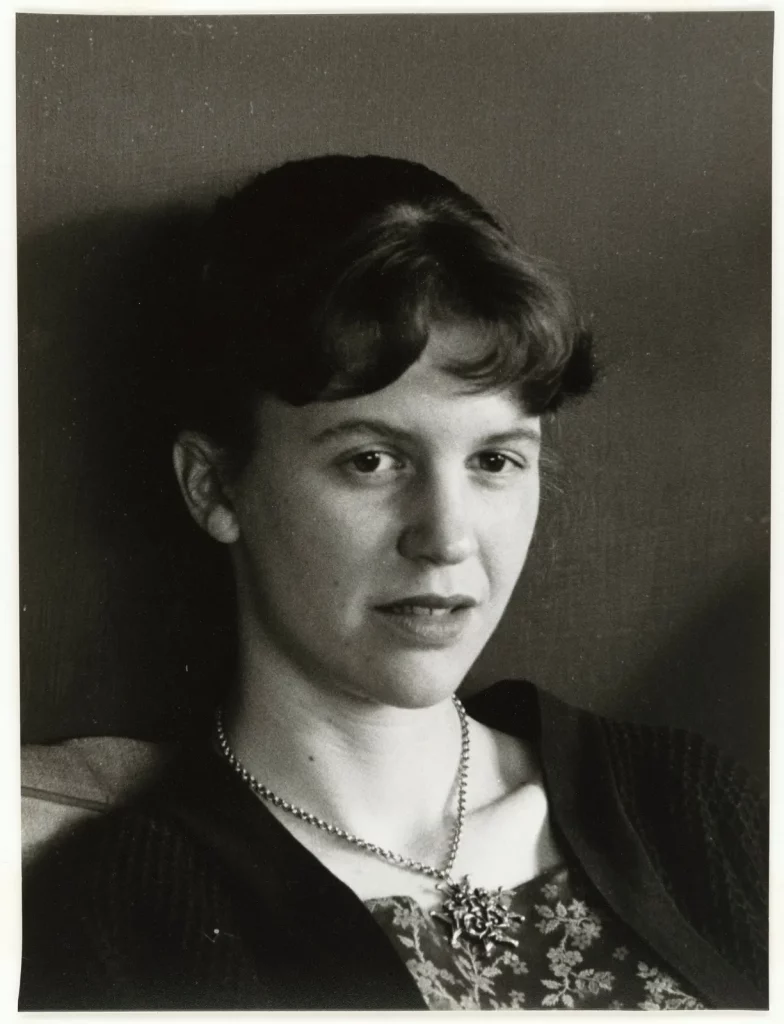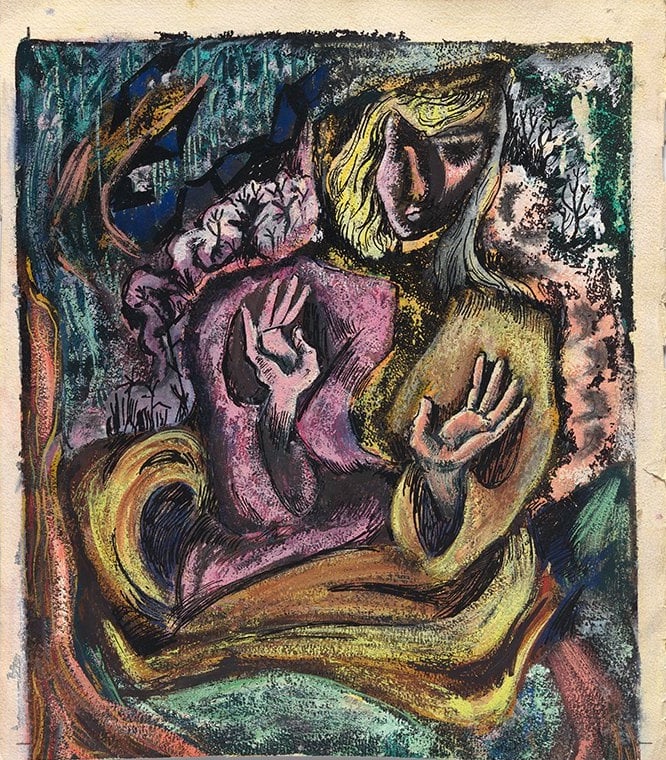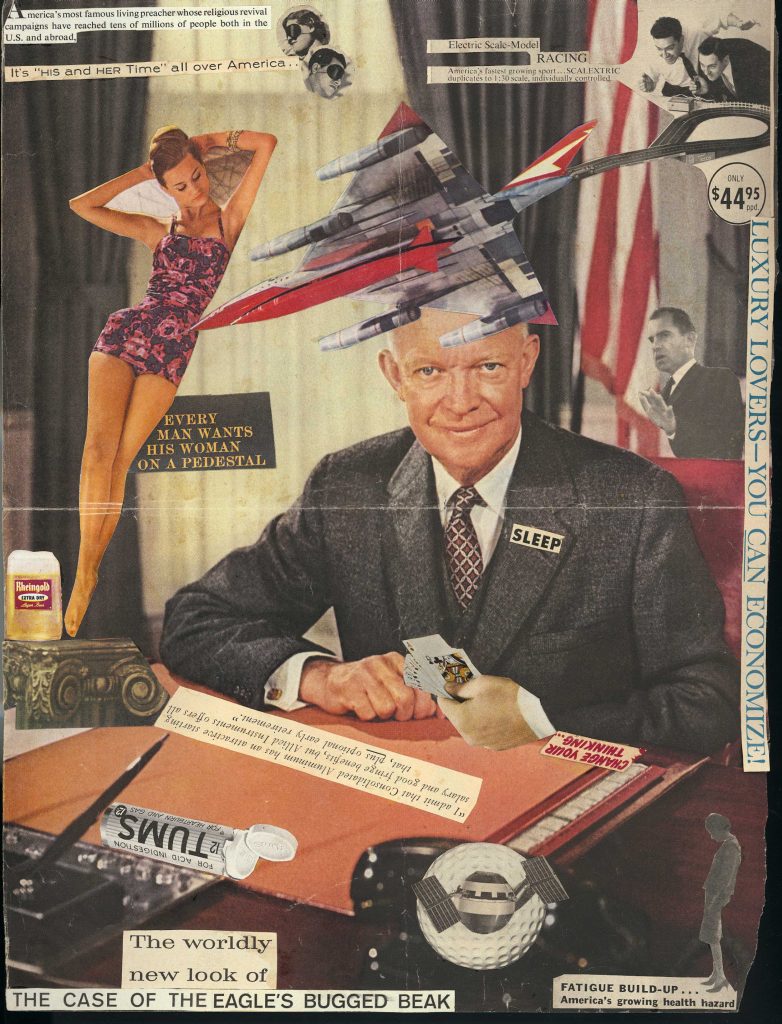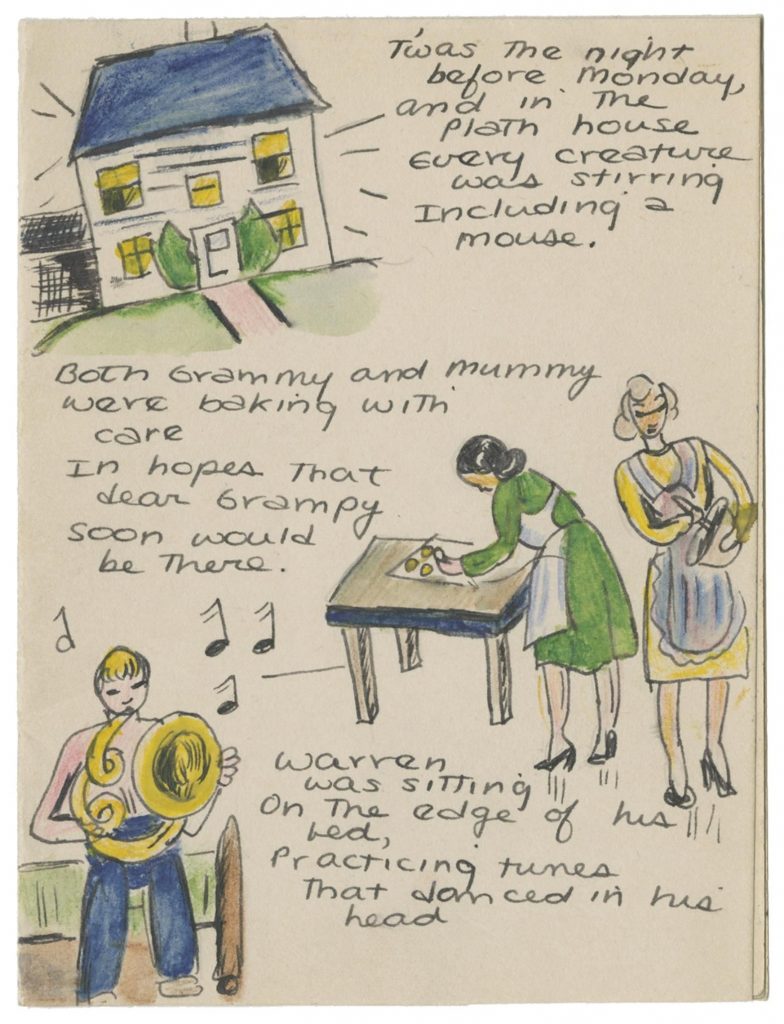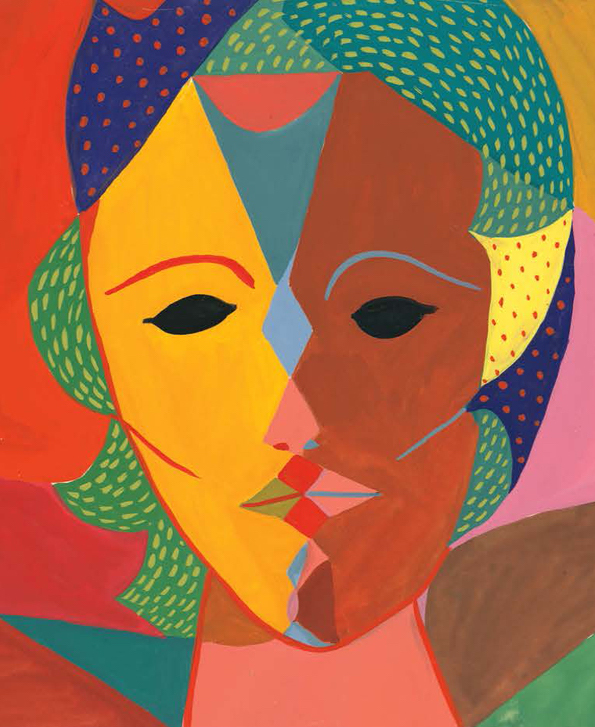Sylvia Plath: American Author and Artist
Sylvia Plath is regarded as one of the greatest American writers of the 20th century. She is best known for her dynamic confessional poetry, which grapples with the complexities of mental illness, human relationships, womanhood, and identity. Much of her prose, including her semi-autobiographical novel The Bell Jar, was written and published shortly before her suicide at age 30.
Sylvia Plath’s tragically short yet prolific writing career helped break literary boundaries—but she did not originally set out to become a writer. In fact, when Plath enrolled at Smith College as a freshman, she intended to study studio art. She switched her major to English when her instructors encouraged her natural talent for writing and academia.
But Sylvia Plath never stopped making art. Amidst her public success as a writer, she privately created expressive modern paintings, journalistic drawings, and pointed political collages.
Plath’s Passion for Modern Painting
Sylvia Plath’s appreciation for art is well-documented in her journals and poetry. She frequently visited libraries and museums, where she pored over original art and reproductions in search of inspiration for her writing. She felt drawn to contemporary Post-Impressionist painters whose work explored psychological subjects.
The unsettling Surrealism of Giorgio de Chirico and the dreamlike naiveté of Henri Rousseau especially resonated with Plath. She composed visually-rich poems in response to her favorite paintings by the likes of Rousseau, Gauguin, and Klee.
Sylvia Plath’s paintings, which she created throughout her life, demonstrate her interest in Post-Impressionist innovations, including abstraction and expressive coloration. Her paintings also carry psychological weight and self-reflection. As her pioneering confessional poetry would suggest, Plath was naturally interested in self-portraiture.
Sylvia Plath’s Poetic Collage Art
As a young woman in mid-century America, Sylvia Plath experienced the impact of World War II and the massive cultural shifts that followed, including the rise of feminism and pacifism. In this cultural climate, museums and libraries weren’t Plath’s only source of inspiration. She also looked to popular culture and mass media, as demonstrated by her collage art.
For Plath, everyday sources like The New Yorker, Life, and other American magazines didn’t just inform her worldview—they served as art supplies. While collage as a medium doesn’t necessarily demonstrate an artist’s technical skills, it does showcase their individual process of gathering and combining ideas. Sylvia Plath cleverly crafted one-of-a-kind artworks from mass-produced images and composed provocative poetry from breaking news headlines.
Drawings, Sketches, & Incomplete Works
From early childhood, Sylvia Plath journaled and sketched extensively. Naturally, her drawings often took on an observational and documentary quality, and her journal writings are interwoven with sketches from her travels and everyday life.
Plath’s trove of drawings showcases her keen attention to detail and practiced draftsmanship. Like her writing, these drawings are thoughtful and often viscerally emotional observations of her surroundings. Plath’s pen-and-ink and watercolor drawings reveal more about her creative process and sense of self.
After her untimely death, Sylvia Plath left behind hundreds of sketches and drawings. Many of these drawings were left hauntingly unfinished or were clearly meant to materialize into more finalized paintings.
The Imaginative Art of Sylvia Plath
A 2017-2018 National Portrait Gallery exhibition, One Life: Sylvia Plath, was the first retrospective of Plath’s life at an art and history museum. This exhibition introduced Plath’s visual art—as well as journals and various personal belongings—to a wider audience.
While Plath’s art remains much less famous than her writing, it provides important insights into her life as an immensely talented woman with debilitating mental illness in post-war America. For Sylvia Plath, art was an integral part of her writing process and a therapeutic tool for coping with the complexities of her circumstances. Her art also deserves further consideration as a culturally-relevant creative pursuit all its own.
